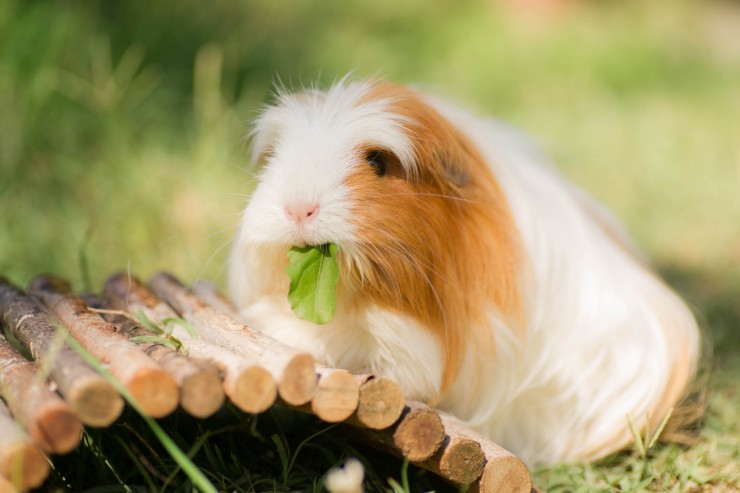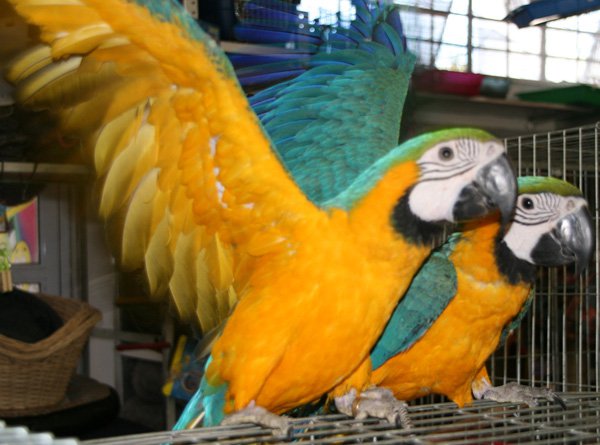The allure of obtaining a pet hermit crab can be a craze that's catching on. It may seem strange for some people nevertheless they simply just hardly understand how exciting this creature could be. I really like aquarium creatures and seeing how they connect with there setting and how they grow. It can be incredibly satisfying to progress a large hermit crab from a baby while some could see it as very weird just like having a tarantula or python.
While I'm not gonna say anything at all bad about either the python or the tarantula, I've numerous nice things to say about hermit crabs. Starting with his possibility of becoming an brilliant pet!
Hermit Crab Fun Simple fact!
The coenobitidae is a family of crustations and the hermit crab is part of that family; They continue to exist land based and dwell next to the ocean.
What is really interesting about the hermit crab is that though they go on the land for several months at a time they will return to seashore once in a while to sustain themselves. So really there mainly land based but like the water. The biggest thing they're noted for is for there shell selection.
They pick out their little portable dwelling for protection and that's perfect for their dimension.
The Crab That's Not A Crab.
If you genuinely wish to get certain, the hermit "crab" isn't a crab. To become a crab you should qualify with a fundamental safety of armor; you've got to possess a very hard stomach.
So if a the hermit crab is not a crab why has it been called a crab and how come it look like a crab in many ways? Good question. The hermit crab is called such because it's a crustation much like other crabs.
A crustacean is surely an organism which doesn't have a spinal column. No, this doesn't imply that he's a wimp. He actually actually lacks a vertebrae. But don't get worried, because Nature took care of him; she gifted him an exoskeleton, a hard outside layer, for protection.
Crustaceans are available in several forms, dimensions, and lifestyles. They've, without a doubt, evolved to match their environments. Imagine that the result's an amalgam of different colorings to suit their protective requirements.
If you somewhat of a nerd you may want to recognize this; crustacean about means hard and crusty external. This exterior is hard since it is made from mineral substance consisting mostly of calcium mineral the identical things that is in your bone tissues. So their eating habits requires them to eat enough calcium to grow and remain healthy.
Jeepers Creepers Where'd You Get Those Compound Peepers?
Just like the typical home fly the hermit crab has a compound eye. Basically it's just like having a lot of eye balls in a single area.
This type of eye - the compound eye - comprises of many eyes. With each ommatidia or "eye" features a separate receptor capturing light. Each that contain it's separate lens, cone and pigment and visual structure.
What's fascinating is that each individual eye is put in ring, with each effective at moving on there own. Which means this friendly crustation is very responsive to picking up on the slightest of motions. Most likely to defend themselves from predators.
The Mouthpart
Each crustacean - hermit crabs included - also possess about three pairs of mouth area parts. In scientific jargon, they're referred to as maxillipeds. They are not, as you may be thinking, part of the mouth itself.
Really what these are, are small arms that feed food into the mouth of the hermit crab. These appendages are also employed in grooming. If you look close you'll see them, it's interesting to see them consume food.
Legs That Go The Distance
Crustaceans have swimmerets - or swimming legs. You can discover these on your own crab's abdominal section.
Swimmerets do greater than help crab swim: They play important functions in the reproductive : process - whether the crab is a male or a female. The female holds her eggs on her swimming legs, as well as the male uses his swimmerets to pass his sperm onto his appropriate mate.
Every crustacean also has a fan-shaped tail. As part of the crustacean family, hermit crabs also provide 2 sets of antennae.
I hope that gives you even more insight into the hermit crab and I stimulate you to explore and see more. Until the next time.

 How To Set Up A Great Environment For Your Guinea Pig
How To Set Up A G
How To Set Up A Great Environment For Your Guinea Pig
How To Set Up A G
 Bedbugs–Get Assistance to Get Rid of the Blood Sucking Pests
Bedbugs–Get Assistance to Get Rid of the Blood Sucking Pes
Bedbugs–Get Assistance to Get Rid of the Blood Sucking Pests
Bedbugs–Get Assistance to Get Rid of the Blood Sucking Pes
 What Are Guide Dogs For The Blind Taught To Do?
What Are Guide Do
What Are Guide Dogs For The Blind Taught To Do?
What Are Guide Do
 Canine Parvovirus
Canine Parvovirus
Canine Parvovirus
Canine Parvovirus
 Eight Top Safety Tips For Dog Owners
Eight Top Safety
Eight Top Safety Tips For Dog Owners
Eight Top Safety